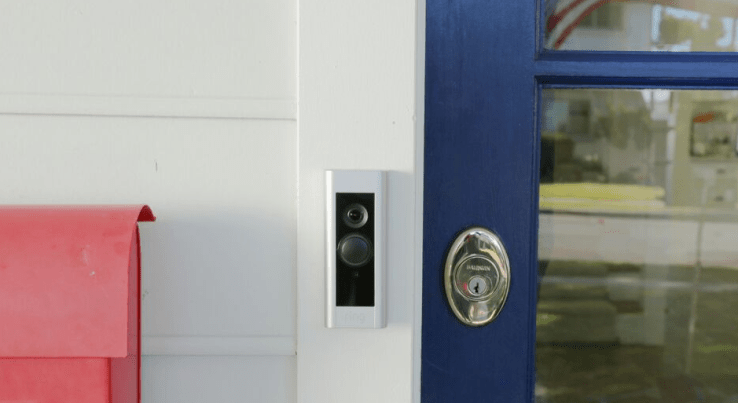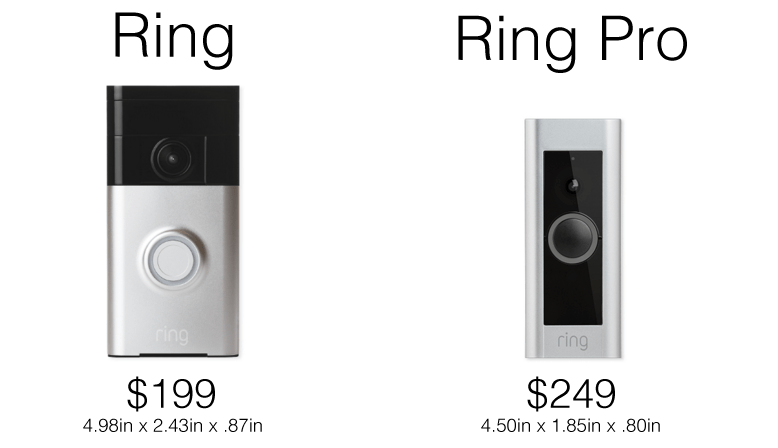
Ring, the folks behind the self-titled Ring video doorbell, have a two-punch combo’s worth of news this morning: they’re launching a new model called the Ring Pro, and have raised a $61.2 million Series C.
The $249 Ring Pro bumps up the specs on the standard $199 model in just about every way that matters: the camera is 1080p vs 720p, it’s got 5Ghz WiFi in addition to 2.4Ghz, the faceplates (and thus the overall color of the bell) are swappable instead of locked for good out of the box, and it’s a good bit smaller than the original.
Like its predecessor, of course, it still has a two-way speaker built-in that hooks into a companion smartphone app, allowing you to answer your door from your phone from anywhere you’ve got a data connection. Don’t feel like getting off the couch to see who’s at the door? Check Ring. Halfway around the world when someone shady rings the bell and want them to think you’re home to avoid break-ins? Answer through the Ring app, act like you’re home.
Oh, and the Pro has one other cool trick over the original: you can set custom motion zones. Only care about motion that happens right on your front porch? Just draw a box around the bit you care about.

The smaller package comes with a small catch, depending on how you use it: unlike the standard Ring, the Ring Pro has no battery. The original Ring has a built-in rechargeable battery that allowed it to be used wirelessly for a few months at a time by people — like, say, apartment renters — who couldn’t go and rip their old chime off the wall. Ring Pro, meanwhile, must be wired into your home’s door bell chime circuit for power.
For the most part, that’s totally fine — in the long run, I imagine most people will want to wire it up anyway, because saying “sorry my doorbell didn’t work, I forgot to charge it” makes you sound like a crazy person. And if you need that battery, the standard Ring is still available.
Like with the original Ring, the company will replace the Ring Pro if a thief is gutsy enough to sneak up and pry it off your house.
Their $61.2M series C, meanwhile, is lead by KPCB with additional investment from Sir Richard Branson. The company had previously raised around $39 million.
The $249 Ring Pro goes up for pre-order this morning, with plans for it to ship sometime in April.


Comments
Post a Comment